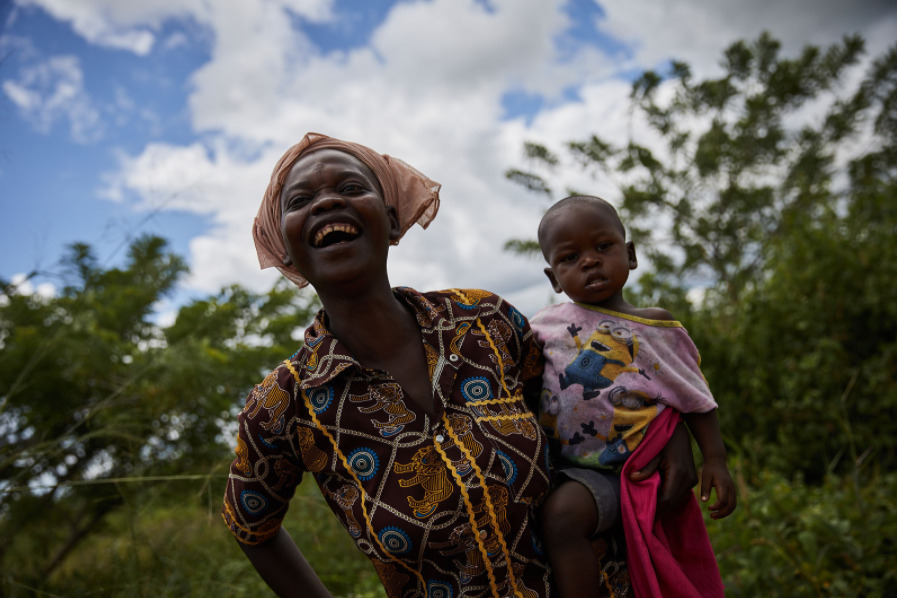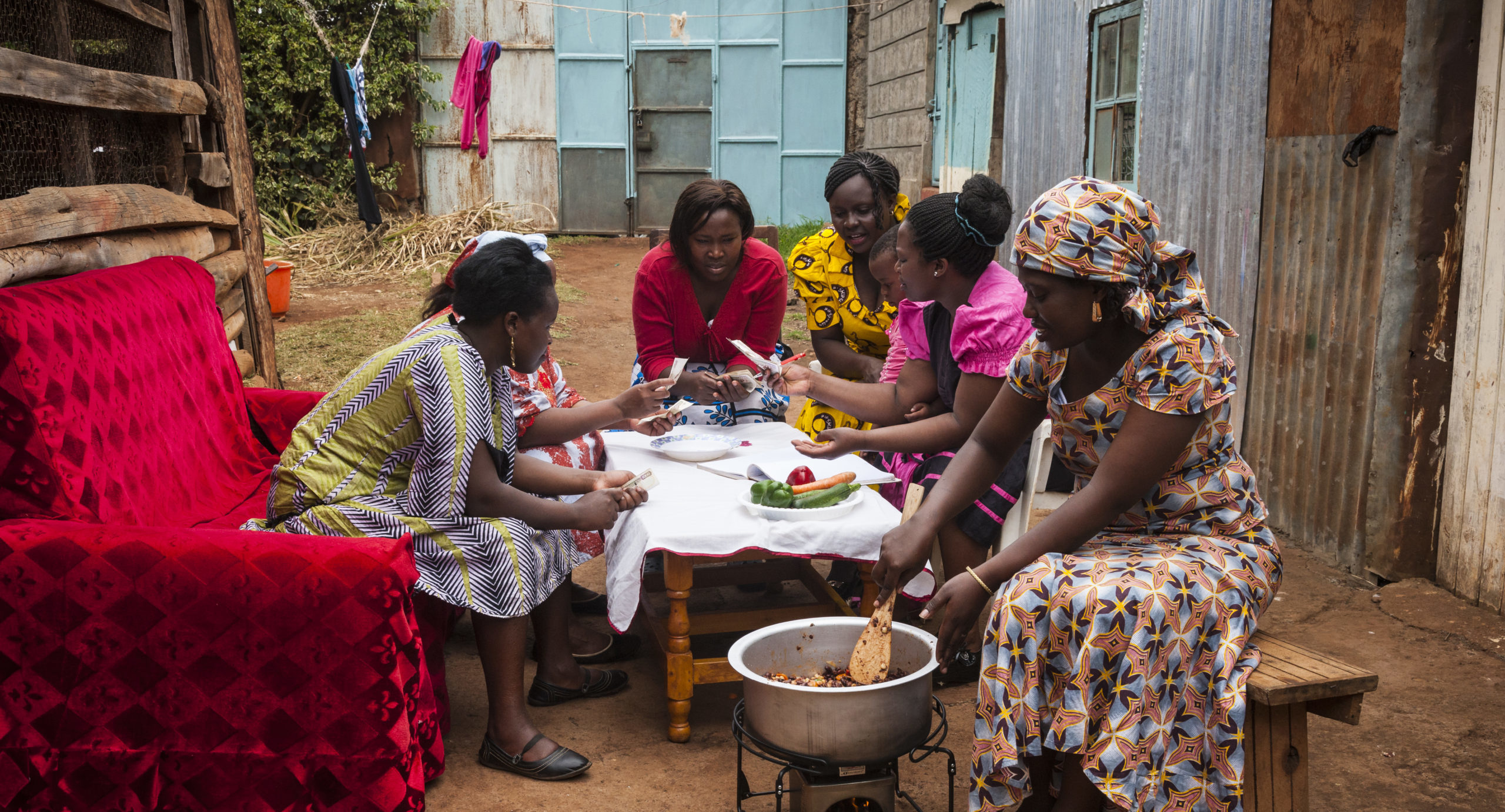

17.5M (90%)
Clean cooking population without access (WHO, 2021)
13
Active clean cooking ventures (Source: CCA)
1
Number of clean cooking RBF (Source: CCA)
The clean cooking sector in Zambia focuses on addressing the challenges related to traditional cooking methods and improving access to cleaner and more efficient cooking technologies. Currently, a significant portion of the population relies on traditional cooking methods such as open fires and inefficient stoves, which contribute to indoor air pollution and associated health risks.
In addition, Zambia has one of the highest deforestation rates in the world estimated at up to 150,000 hectares annually. A significant market opportunity exists for alternatives given that households spend over $500 million and about 3% of GDP per year on charcoal.
According to World Bank data, 10.2% of the population had access to clean fuels and technologies for cooking in 2021; a regression on the ratio of 14.1% with access in 2015. In 2021, 19.5% of the urban population had access to clean cooking fuels, compared with just 2.2% of the rural population. Compared with access to clean cooking fuels and technologies, there is much better access to electricity in Zambia; 46.7% of the population had access in 2021, up from 31.1% in 2015.
In urban areas, charcoal and electricity are the most common ways to cook. Cheap traditional charcoal mbaula stoves are found everywhere, including along the streets, while electric hotplates are also easily obtained in shops and supermarkets. Induction stoves and electric pressure cookers can be found in some larger retail outlets. About a third of urban households already use electricity as their primary cooking solution, though there is potential to increase uptake since 75% have access to electricity. Electricity is the cheapest way to cook out of all technologies even considering upcoming price increases to move tariffs towards cost reflectivity.
LPG uptake is currently low but growing in urban areas despite a doubling of LPG prices in the past 2-3 years due to the closure of the INDENI refinery and rising global prices. Historically, from 2010-2020, LPG consumption has been increasing at an annual rate of 18%, and more suppliers and retailers are entering the market. A few startup companies are trying to scale pellets and biogas with the support of A2C and other donors. In rural areas, open fires dominate with some households that can afford charcoal using the locally made artisanal mbaula stove.
Click ‘Read more’ to see data from World Bank and the Multi Tier Framework Survey.
The World Bank Multi-Tier Framework survey shows the predominance of cooking with biomass in both urban and rural areas. The vast majority households cook with an open fire in rural areas while the basic charcoal mbaula stove is most common in urban areas, though notably almost a third primarily use an electric stove.
| Primary Cooking Solution | National | Urban | Rural |
| Open Fire | 46.7% | 6.0% | 83.6% |
| Traditional Manufactured Mbaula Stove | 36.2% | 60.7% | 14.2% |
| Electric Stove | 16.5% | 32.5% | 1.9% |
| Improved Cookstove | 0.4% | 0.5% | 0.3% |
| LPG | 0.1% | 0.3% | 0% |
The MTF survey results above provide an indication of what households are currently using for cooking. However, these technologies may not be what households prefer and aspire to use. In the urban context, the A2C Consumer Preference Survey shows that 70-80% of all households most prefer to use either electricity or LPG regardless of income level. Of the households that prefer these two technologies, those that are lower income prefer electricity/LPG at a ratio of 80%/20% respectively while those that are higher income are split roughly even, indicating higher demand for LPG as income rises.
In the A2C Longitudinal Survey, which was conducted in urban areas where A2C has been raising awareness about a range of alternatives, about 40% of households responded that pellets were the fuel they most aspired to use. Pellets, which are a cheaper fuel than charcoal, was the most frequent response with polling at 30%. Comparing with the results of the A2C Consumer Preference Survey suggests the role that social behavior change and communications can have on attitudes and preferences.
Options for consumer finance to enhance demand are coming into the market. Companies are beginning to offer pay-as-you-go or fee-for-service products or installment plans. Some financial institutions are also beginning to offer loan products for alternative cooking technologies and fuels.
Related Resources
- A2C Zambia Clean Cooking Brief
- MECS Zambia Barriers and Opportunities
- A2C Market Analysis
- A2C Charcoal Producer Survey
- A2C Household Survey
- A2C Consumer Preference Survey
- A2C Longitudinal Survey
- A2C Cost of Cooking Study
- World Bank Multi-Tier Framework Survey Report
The Government of Zambia’s commitment to clean cooking is governed by a number of policies, including Zambia’s Vision 2030, the 8th National Development Plan, National Energy Policy, Energy Efficiency Strategy and Action Plan, Renewable Energy Strategy and Action Plan, Gender Equality Strategy and Action Plan, and SE4ALL Action Agenda. Clean cooking in Zambia is also linked with national climate commitments, including targets to reduce greenhouse gas emissions under goals set in the Nationally Determined Contribution (NDC) to the Paris Agreement. These policies include clean cooking as a solution to improve health and reduce deforestation, in line with national development priorities; they do not, however, provide a unified strategy, nor a full set of consistent targets with defined interventions for the sector as a whole.
To further strengthen a national clean cooking agenda and objectives, the Ministry of Energy announced plans in May 2023 to develop a national Clean Cooking Strategy and Action Plan. Key stakeholders in the sector have committed to contribute to the strategy, which will set clean cooking targets for Zambia and define clear actions with timelines and plans for resource mobilization. The Government is also preparing a Climate Change Bill, that will provide the enabling conditions for measures that reduce greenhouse gas emissions, including the promotion of clean cooking and the transition away from charcoal. Considering the role carbon financing has in the clean cooking sector, this legislation will also determine how carbon financing can be used in country, under Article 6 of the Paris Agreement or in the voluntary carbon markets.
Click ‘Read more’ to explore relevant aspects of Zambia’s clean cooking policies.
Ethanol for cooking attracts a 60% excise tax and remains too expensive to be viable as a cooking fuel. However, if the tax is removed, there is significant potential for domestic production that could supply cooking fuel for up to a million households.
| Description | Customs Duty | VAT | Excise Tax |
| LPG cylinders | – | 16% | – |
| Biomass cookstoves | – | 16% | – |
| Gas cookers | – | 16% | – |
| Ethanol stove | – | 16% | – |
| Ethanol for cooking | 5% | 16% | 60% |
| LPG gas | – | – | – |
| Inputs for the manufacture of energy-saving stoves | |||
| Electric stoves | 40% | 16% | – |
| Pre-fabricated biogas kits | – | 16% | – |
| Biogas* | 15% | 16% | – |
| Pellets | 40% | 16% | – |
| Briquettes^ | 40% | 16% | – |
| Kerosene | 5% | – | – |
* Taxes are levied on gaseous natural gas but not liquified
^ A 5% surtax is also levied on briquettes
Related Resources
- Carbon Market Framework for Zambia
- Zambia’s 2021 Nationally Determined Contribution
- CCG Alternative Energy for Cooking in Zambia
- A2C Policy Recommendations for the Enabling Environment
- A2C Political Economy Analysis of the Charcoal Value Chain
- A2C Charcoal Value Chain Literature Review
Zambia has 25 cookstove projects registered in it. These projects have generated almost 1 million carbon credits to date.
Click ‘Read more’ to explore the dashboard.
Related Resources
- A2C Charcoal and LPG Comparative Analysis on GHG Emissions
- Interim Guidelines: Handling of the Carbon Markets and Trading in Zambia – Ministry of Green Economy and the Environment
- Carbon Market Framework for Zambia
There is one clean cooking RBF programs that is underway in Zambia.
Click ‘Read more’ to explore the table of RBFs.
| Name | Lead | Status | Dates | Applicable Fuels | Fund size for clean cooking | Total fund size |
| Modern Cooking Facility for Africa (MCFA) | Nefco | Active | 2022-2027 | e-cooking, biogas, pellets, briquettes, and ethanol | $30.5m | $30.5m |
N.B. Funding amount is split across multiple countries











